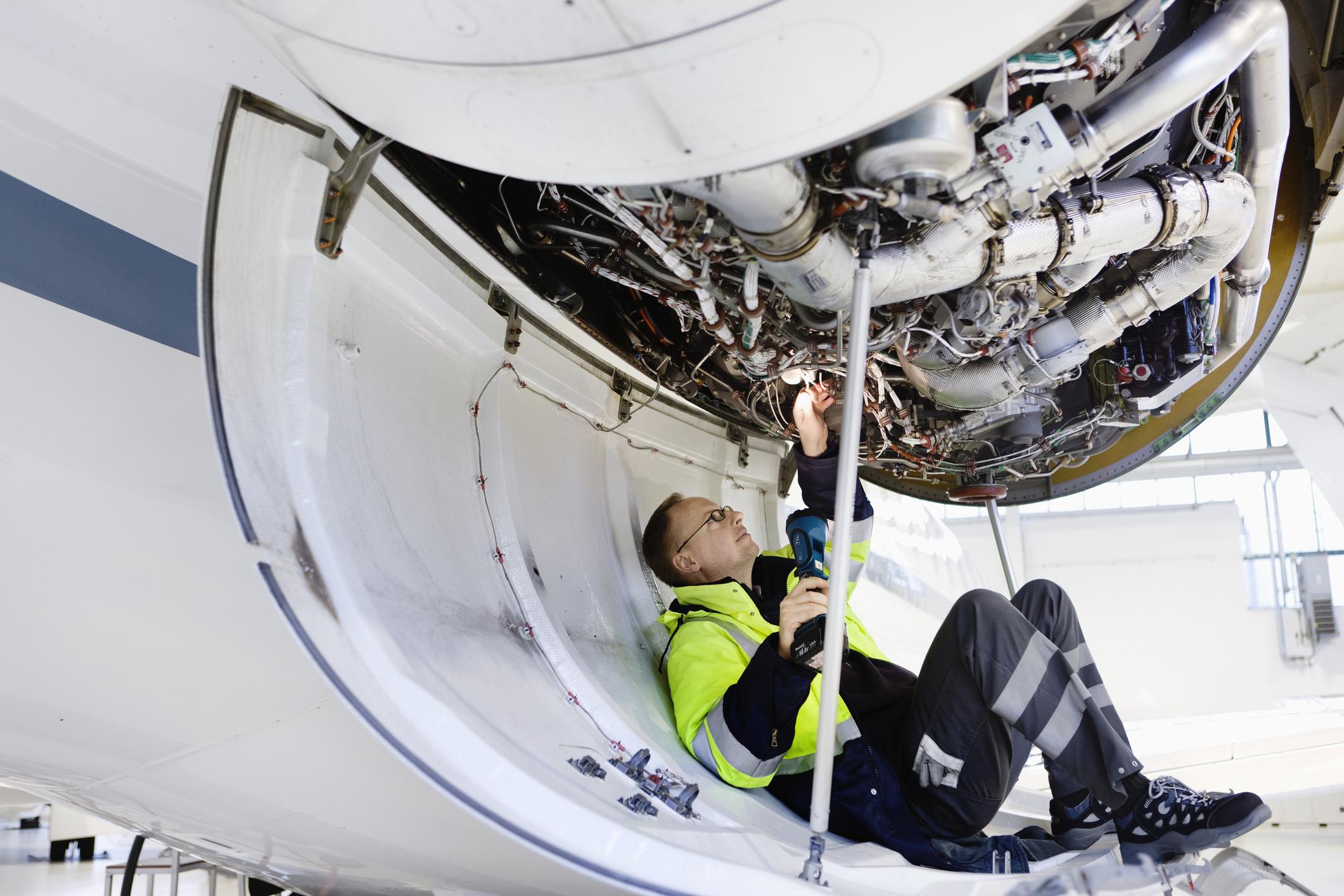
Credit: Bernd Vogel/Getty Images
AMSTERDAM—Incorporating used parts and repairs into routine maintenance—already popular cost-saving options before the downturn—is positioned to thrive as airlines work to improve balance sheets as traffic returns. But such new-part alternatives are getting attention for another positive benefit...
Subscription Required
This content requires a subscription to one of the Aviation Week Intelligence Network (AWIN) bundles.
Schedule a demo today to find out how you can access this content and similar content related to your area of the global aviation industry.
Already an AWIN subscriber? Login
Did you know? Aviation Week has won top honors multiple times in the Jesse H. Neal National Business Journalism Awards, the business-to-business media equivalent of the Pulitzer Prizes.
